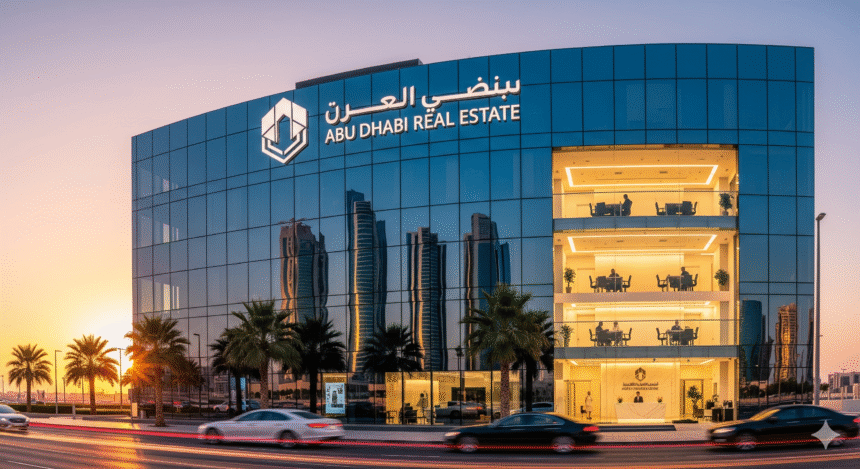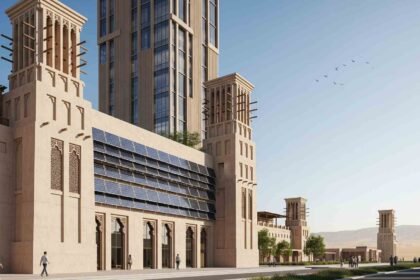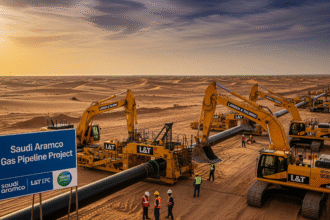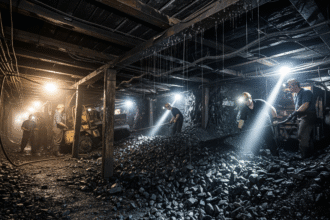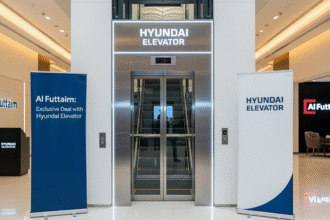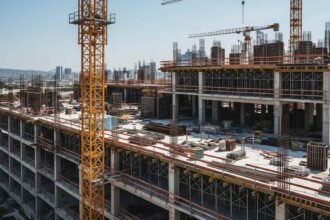The emirate’s real estate sector is currently facing a supply crunch, as demand for residential units climbs sharply, according to recent market data revealed at the International Real Estate Conference, part of the International Real Estate & Investment Show (IREIS 2025) at the Abu Dhabi National Exhibition Centre.
Demand is accelerating across the board.
Representatives from Capstone Real Estate emphasised that Abu Dhabi’s economic diversification is fueling a boom in demand. As the government and private sector push growth in technology, finance, and other non-oil industries, more workers are arriving, raising the need for quality housing.
In particular, ready villa and townhouse sales saw a year-on-year rise of about 72% in the first half of 2025, reaching their highest levels since 2021. This jump reflects a strong appetite among buyers for completed homes rather than off-plan projects.
Investors are likewise active: the Abu Dhabi Real Estate Centre (ADREC) reported that total transaction value for real estate in H1 2025 crossed AED 51.7 billion, up about 39% compared to the same period in 2024.
Supply lagging behind
Despite this strong demand, supply is not keeping pace. Cavendish Maxwell data shows that housing supply could exceed 11,900 units by the end of 2025. However, to meet demand over the longer run, more than 33,000 additional residential units are currently under construction, with projected deliveries stretching into 2029.
Meanwhile, office space is also tight. The office market is reporting high occupancy and limited new supply. For 2025, just about 100,000 square meters of new office space are expected to become available, a modest addition relative to current demand.
Effects on pricing and investor behaviour
Because demand significantly outpaces supply, prices are on the rise. Housing prices, especially for ready homes, are increasing steeply, with many properties selling out quickly during launch phases.
There is growing interest from international buyers, attracted by the UAE’s policy environment, safety, and investment potential. In H1 2025, the number of nationalities investing in Abu Dhabi real estate rose, with over 85 nationalities participating in transactions.
Geographical trends and hot spots
Certain areas of the emirate are seeing more activity than others. Saadiyat Island continues to lead in transaction volume, followed by Yas Island and Al Bahia. Other areas like Mohammed Bin Zayed City, Al Reem Island, Al Riyadh City, and Khalifa City are also registering strong sales.
New master-planned communities are increasingly preferred, particularly in the mid-tier and affordable housing segments. Buyers are gravitating toward developments that combine good amenities with accessibility and design quality.
Challenges ahead
While the supply pipeline is sizable over the medium term, delays in construction and delivery may hamper its ability to meet demand quickly. Builders face pressures related to labour, regulatory approvals, and rising costs.
There is also a mismatch: high demand is especially strong for finished properties and villas or townhouses, while much of the supply under construction tends to be off-plan or in segments that are less preferred.
Moreover, rising prices may make housing less affordable for certain segments of buyers, particularly middle-income and first-time homeowners. Affordability concerns could intensify if supply doesn’t accelerate in key areas with transport links and infrastructure.


